October 25, 2016
How tech giant EMC standardised the design and management of its office portfolio 0
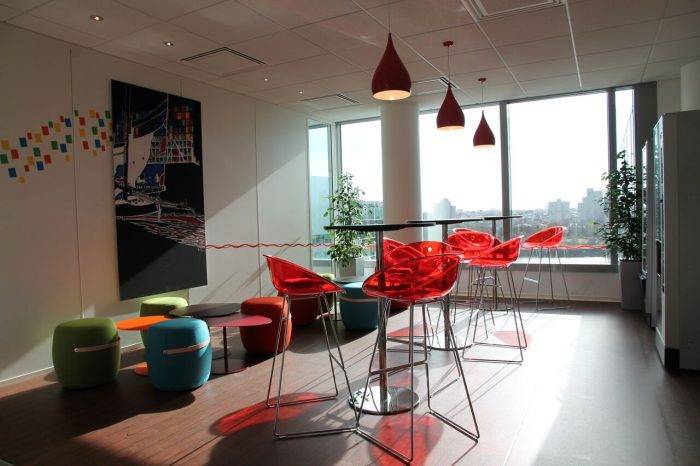 This summer’s headlines have been full of discord, a cacophony of angry voices either directed at continental Europe, or at the Brexiters who voted for Britain to leave the European Union. But EMC, a global leader in information technology-as-a-service which has recently been acquired by Dell, is a leading light of European integration through its One Team approach to workplace management and design across Europe, the Middle East and Africa (EMEA). Over the past three years, the EMC Global Real Estate and Facilities Team (GREF), which supports more than 12,000 people in around 130 office locations across 50 countries in EMEA, has transformed from a group operating independently, to a fully-aligned team which provides a uniform and standardised approach to workplace delivery and management to enable greater business success.
This summer’s headlines have been full of discord, a cacophony of angry voices either directed at continental Europe, or at the Brexiters who voted for Britain to leave the European Union. But EMC, a global leader in information technology-as-a-service which has recently been acquired by Dell, is a leading light of European integration through its One Team approach to workplace management and design across Europe, the Middle East and Africa (EMEA). Over the past three years, the EMC Global Real Estate and Facilities Team (GREF), which supports more than 12,000 people in around 130 office locations across 50 countries in EMEA, has transformed from a group operating independently, to a fully-aligned team which provides a uniform and standardised approach to workplace delivery and management to enable greater business success.





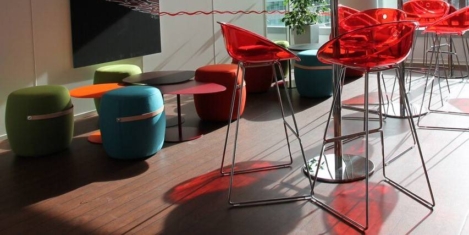
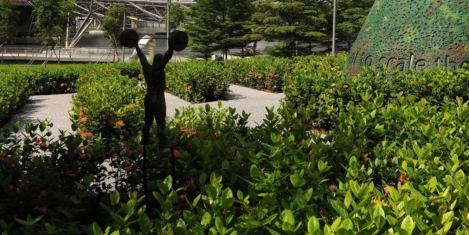

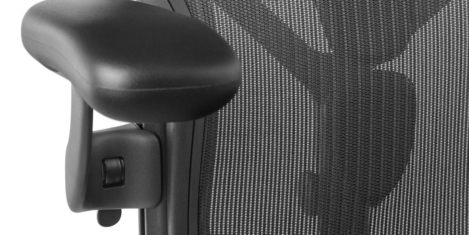











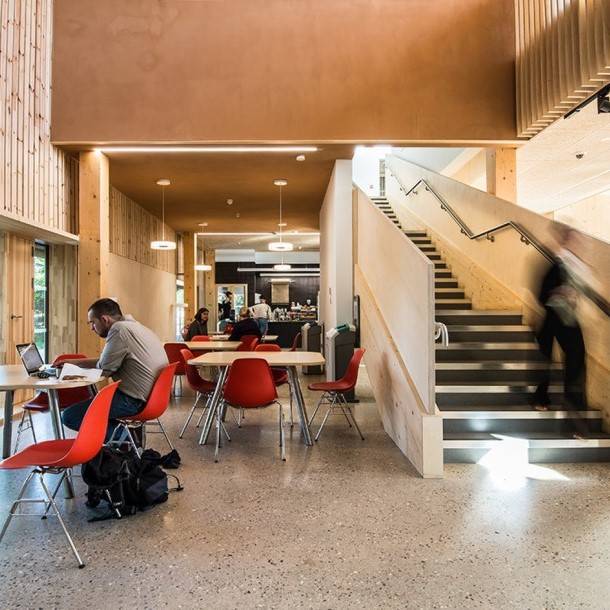
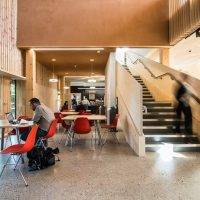


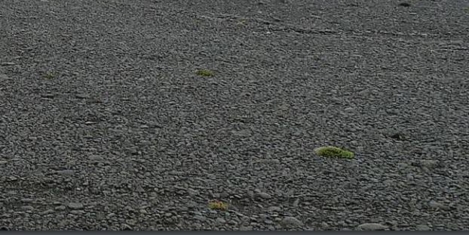









October 4, 2016
Motherhood or livelihood? Pregnancy discrimination in the workplace 0
by Tar Tumber • Comment, Legal news, Wellbeing, Workplace
Recent research by the Commons Women and Equalities Committee suggests that around 54,000 expectant and new mothers have no choice but to leave work due to pregnancy discrimination or concerns over the safety of their children; and shockingly, this figure has doubled in the last decade alone. Other research carried out by the Equality & Human Rights Commission (EHRC) and the former Department for Business, Innovation and Skills shows that despite 77 percent of working mothers reporting potentially discriminatory or negative experiences, only 28 percent raised the issue with their employer, and less than 1 percent pursued a claim through the tribunal system. As a mother of two young children, this is a topic very close to my heart. I have worked in HR for over 18 years now, and advised on all manner of employee relations issues and know from personal experience that being pregnant and suffering discrimination or redundancy is not at all unusual.
(more…)